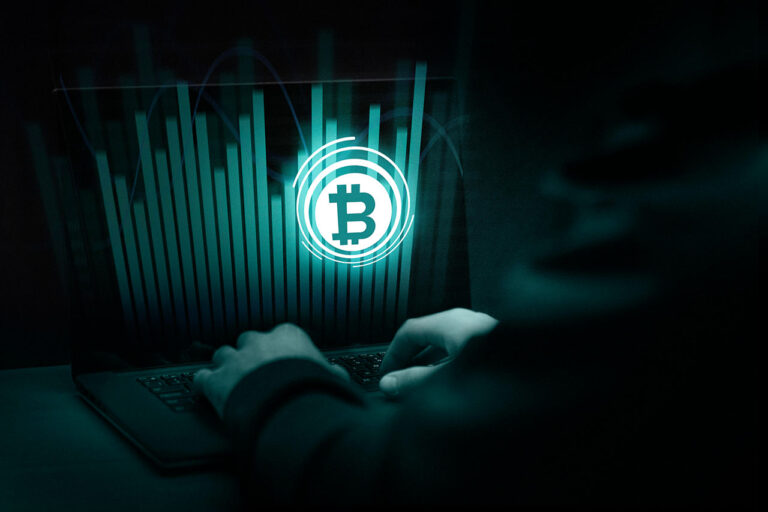The world of Non-Fungible Tokens (NFTs) is evolving at a rapid pace. From digital art to music, sports, and gaming, NFTs are finding new use cases every day. As we move towards a more decentralized future, the potential of NFTs is only expected to grow.
In this blog post, we will discuss the future trends of NFT development and what we can expect in 2024 and beyond.
Table of Contents
Trends of NFT Development
These trends are just a few examples of the exciting developments we can expect to see in the world of NFTs in the coming years. Find below;
Increased Adoption in the Gaming Industry
One of the most promising use cases for NFTs is in the gaming industry. With blockchain technology, players can own unique in-game items, characters, and assets, which can be traded on NFT marketplaces. This creates a new revenue stream for game developers and opens up new opportunities for players to monetize their gaming skills.
In 2024 and beyond, we can expect to see even greater adoption of NFTs in the gaming industry.
Integration with Social Media Platforms
Another trend we can expect to see in the future is the integration of NFTs with social media platforms. This would allow creators to monetize their content by selling NFTs directly to their fans. For example, musicians could sell NFTs of their latest album, while influencers could sell NFTs of their sponsored products.
This would create a new way for creators to engage with their fans and monetize their content.
Interoperability between NFT Marketplaces
As the NFT market continues to grow, interoperability between different marketplaces will become more important. This will allow users to easily trade NFTs across different platforms, without having to worry about the technicalities of different blockchain protocols.
In 2024 and beyond, we can expect to see more NFT marketplaces working towards interoperability to create a more seamless experience for users.
Increased Security and Scalability
As NFTs continue to gain popularity, security, and scalability will become even more important. In the past, we have seen instances of NFT marketplaces being hacked, leading to the loss of millions of dollars worth of digital assets. In the future, we can expect to see increased security measures being implemented to protect users’ assets. Scalability will become a key factor in the development of NFTs, as the current blockchain infrastructure may not be able to handle the increasing demand for NFTs.
This may lead to the development of new blockchain technologies that can handle larger volumes of transactions and data, leading to faster and more efficient NFT marketplaces.
Expansion into Real-World Assets
While NFTs have primarily been used to represent digital assets, such as art and music, we can expect to see their expansion into real-world assets in the future. This could include things like real estate, cars, and even stocks. By tokenizing these assets, they can be bought and sold on NFT marketplaces, creating new opportunities for investors and opening up new markets.
Increased Accessibility
As the NFT market continues to grow, there will be a greater emphasis on making NFTs more accessible to a wider range of users. This may include developing more user-friendly NFT marketplaces and tools that make it easier for non-technical users to create and trade NFTs.
We may see the development of NFTs on more accessible blockchains, such as layer-2 solutions or other scaling technologies.
Use Cases Beyond Art and Collectibles
While NFTs have primarily been associated with digital art and collectibles, we can expect to see the development of NFT use cases beyond these traditional areas.
For example, NFTs could be used in the gaming industry to represent in-game assets or as a form of digital identity. NFTs could also be used in the legal industry to represent ownership of physical assets or in the healthcare industry to represent medical records. As the technology behind NFTs continues to develop, we may see new and innovative use cases emerge in a wide range of industries.
NFT Market Growth
Non-Fungible Tokens (NFTs) have experienced tremendous growth since they first entered the mainstream in 2017. In 2020, the NFT market grew by over 200%, with over $250 million in sales. In the first half of 2021, the NFT market has already surpassed the total sales of 2020, reaching over $2.5 billion in sales.

The growth of NFTs can be attributed to several factors, including the increasing popularity of blockchain technology, the rise of digital art and collectibles, and the unique features that NFTs offer, such as provable ownership and scarcity. As NFTs continue to gain mainstream attention, we can expect to see further growth in the market.
Conclusion
The future of NFT development is exciting and full of potential. From increased adoption in the gaming industry to the expansion into real-world assets, NFTs are expected to continue to revolutionize the way we interact with digital and physical assets.
As the technology behind NFTs continues to evolve, we can expect to see new use cases and innovations emerge, creating endless possibilities for the future of this space.





















+ There are no comments
Add yours